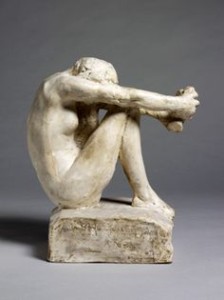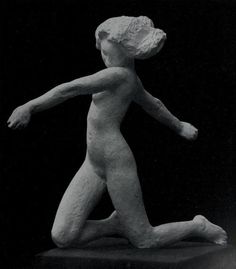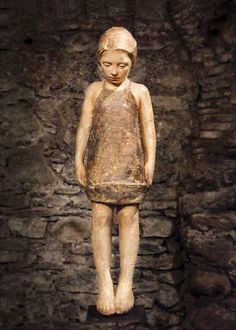
A few days ago I came across a piece in The Writer that was so good I read it twice. In “Essay is the New Black,” Keysha Whitaker shares nuggets she collected at a panel at the American Society of Journalists and Authors 2016 Writer’s Conference called “Getting to the Heart of the Personal Essay.” The three panelists were Philip Lopate, author of many books of essays and editor of The Art of the Personal Essay, a personal favorite of mine; author Pamela Paul, the New York Times Book Review Editor; and Ada Calhoun, an author and essayist with two “Modern Loves” and four “Lives” columns in the New York Times. (I have great respect for Calhoun, since I’ve had a half dozen submissions to the “Lives” column rejected over the years.)

Back in April I wrote a post about my renewed efforts at penning a personal essay. In “I’m Trying” I quoted from Lopate’s anthology and shared my journey with writing another essay, which I sent to a journal for potential publication. (Haven’t heard anything yet.) And now, three months later, I’m trying again—this time to begin what might become a collection of essays circling around my lifelong love/hate relationship with food and drink.
Two years earlier—in April of 2014—my post about markets for personal essays drew a reader comment that I believe is worth sharing here. Kathryn S. is responding to my words about writing (contemporary) essays while reading and learning from the (historic) essays in Lopate’s anthology:
The Lopate book is indeed a great anthology of essays. But the vast majority of the essays in there would not likely appear in any of the seven “major markets” mentioned here. Part of the difference, for me, has to do with what we consider an “essay.” The stuff in Modern Love or Lives tends, in my view, to be personal stories, not essays (the more ruminative and/or exploratory and/or digressive stuff in Lopate, most of which is probably not “quick” to write) — though of course there are exceptions in which the lines are blurred. They’re all good — I don’t mean to make a judgment, and I’m glad for the major markets list. But they do tend to serve different purposes and satisfy different reading desires.
Kathryn brings up a good point about what we consider an essay. And Whitaker ends her article in The Writer with a great quote from Ada Calhoun, who has had so much success writing for the “Lives” and “Modern Love” column in the Times:
“I think personal essays are a public service,” Calhoun said. “When personal essays are good and really honest, they make other people feel less alone.”

So there’s the rub—to make them “good” and “really honest.” I don’t have a problem with the honesty party, as I’ve been doing “confessional writing” for many years, not only in essays but also here on my blog. It’s the “good” part that most writers struggle with and strive for all of our lives. The essay I’ve just penned for consideration as the opening chapter of my new anthology on food—“Yeast Rolls, Fried Corn and Frozen Custard”—is extremely honest, as I bare not only my soul but a painful experience from my childhood in Mississippi. But after tweaking it a few times and trying to decide whether or not it’s complete at just over 2100 words. I might submit it to my writing group in a few weeks and see how they respond. I might ask the members of my group to keep Calhoun’s words in mind as they read the essay—will it help other people feel less alone?
I return again to Whitaker’s article as I consider this series of personal essays I’m beginning. Again she quotes Lopate from the panel:
“One of the tricks is that you have to sculpt yourself into a character. If you write one personal essay, you can’t tell your whole life in it. You have to take a good look at yourself and work with some elements of your character but not everything.”
I love that, because each of my thirteen published essays contains some elements of my character. Some reveal my relationship with religion; some reflect on the importance of art in my life; others delve deeply into the dark realms of abuse and addiction; and my most recent attempt shares my joy in adopting three children in the 1970s and 80s. Until I read Lopate’s words, I hadn’t thought about the big picture of my work penning essays. The artist in me loves the word picture he shares—I am, indeed, trying to sculpt myself into a character.